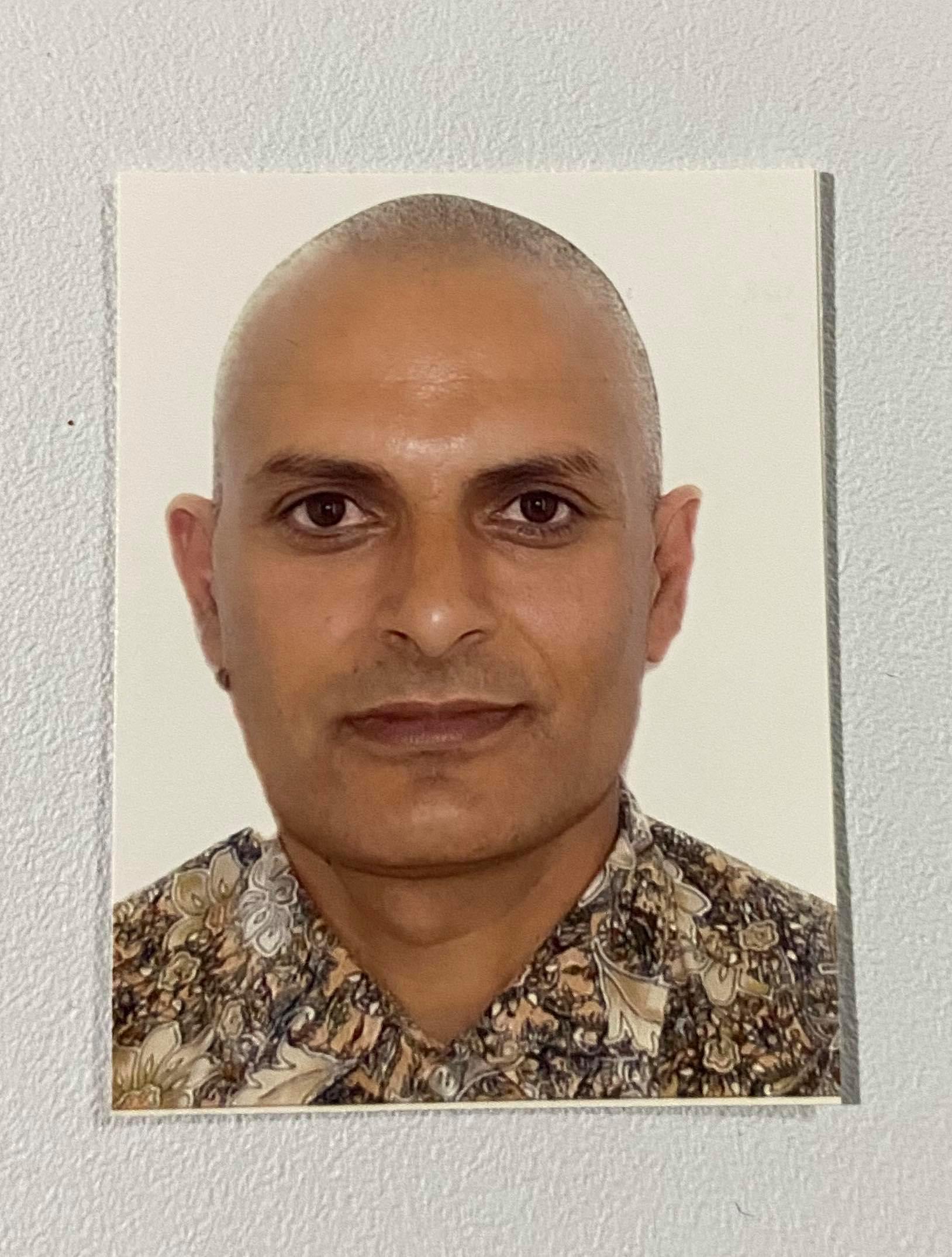Canada is one of the major destinations for the global population who want to move to foreign countries to live and settle. Many people make their final destination to Canada for various reasons such as healthcare, education, and peace. Every year more than 200,000 immigrants arrive in Canada from all over the World.
Research has shown that the immigrants’ health condition appears superb than the Canadian-born population in the entry time (this phenomenon is called the healthy immigrant effect). However, their general health condition deteriorates drastically within ten years of migration and becomes the same or even worse than their Canadian counterparts.
The universal healthcare system means that everyone has equal access to the healthcare they need regardless of their immigrant status and paying capacity. Access to healthcare is a process of using available healthcare services to achieve the best health outcomes. Primary healthcare (PHC) is the gateway of the Canadian healthcare system. PHC includes family physician, preventive services, treatment of common diseases and injuries, essential emergency services, referral to higher centers for further management, primary mental healthcare, palliative and end of life care, health promotion, maternity, and healthy child development and rehabilitation services.
21.9% of the Canadian population is foreign-born. So, immigrant health is an essential issue in Canada. When the immigrant population uses healthcare less, their health condition deteriorates gradually, and they suffer more. Below mentioned are some obstacles that hinder immigrants to utilize healthcare in Canada:
New and unfamiliar healthcare system: There is no pre-arrival health information sharing to immigrants from the host country. The settlement-related organizations are also not focusing on providing details of the healthcare system in Canada. Many immigrants expect similar services to their country of origin, which is impossible here.
Limited numbers of service providers: Due to the limited numbers of doctors/physicians and related health care professionals, it is hard to receive health services on time. Most of the clinics and services run regular working hours. There are very few services run on weekends and after hours.
Culture: Culture plays a significant role in disease management. When there is a variation between service providers and patients’ cultures, understanding disease and treatment become a barrier to accessing healthcare services. Cultural differences become barriers to access healthcare when immigrants feel stigmatized and avoid discussing sensitive health concerns such as sexual abuse, domestic violence, substance abuse, and mental health issues. Similarly, some cultures prefer to solve the medical problems themselves, avoid visiting doctors, and keep doctor consultation as a last resort. In some cultures, family dynamics or traditions prevent females from receiving various preventive and screening services such as mammography and the PAP test. Some women denied screening tests from male providers. In Canada, culturally competent clinical practice is poor in healthcare services.
Long waiting time: There is a long waiting time to receive the healthcare service in Canada. One needs to wait long to get an appointment, wait in the doctor’s office, wait to get referrals, and see specialists. Getting the prescribed medicines also needs to line up in pharmacies, drug stores, and the laboratory for tests. Many immigrants like to have similar health care systems like their country of origin and hesitate to wait here to get the healthcare service.
Communication challenges: Many immigrants with limited English language proficiency face barriers to accessing healthcare services in Canada. For instance, due to limited language capability, they found it difficult to tell their health problems to physicians and vice versa. Doctors have minimal time per patient, and they do not listen to patients’ complaints attentively, and due to this issue, patients feel excluded and not satisfied with the consultation. Next time, when they do not enjoy a consultation, they will not follow up.
Transportation-related issues: Not all clinics and hospitals are connected by public transportation. Newcomers and senior citizens cannot drive in Canada’s initial stage of arrival. Similarly, there is no guarantee of parking in a specific area, and the parking fee is too high. Therefore, the immigrant population hesitates to access healthcare services here.
Financial burden: There is no direct financial cost seen in using PHC, but still costs incur in healthcare for those who are not insured. For instance, Emergency Medical Service charges, out-of-pocket payments for vision and dental services, physiotherapy services, and purchasing prescribed medicines. Dental and vision care are very expensive. So, the financial burden is another prevalent cause of not accessing healthcare services in Canada.
In conclusion, the migrant population uses fewer healthcare services than native populations in Canada. Several barriers prohibit immigrants from utilizing healthcare services, such as language, culture, economic status, and availability of the services.
How can we immigrants in Canada best mitigate these barriers?

Mr. Dahal is a public health researcher and service professional in Canada.


Very informative writing. I hope this article explores the way out to access health care services among immigrants.
Thank you Badriji for your comment.
Excellent article, those who read this article, they might feel that the author has written his story. Touchy, specifically for immigrants.
Excellent article, when I read this article, I feel that the writer wrote my story. I guess, the reason is a common reality what most of the immigrants are experiencing. Keep your pen active. Thanks.